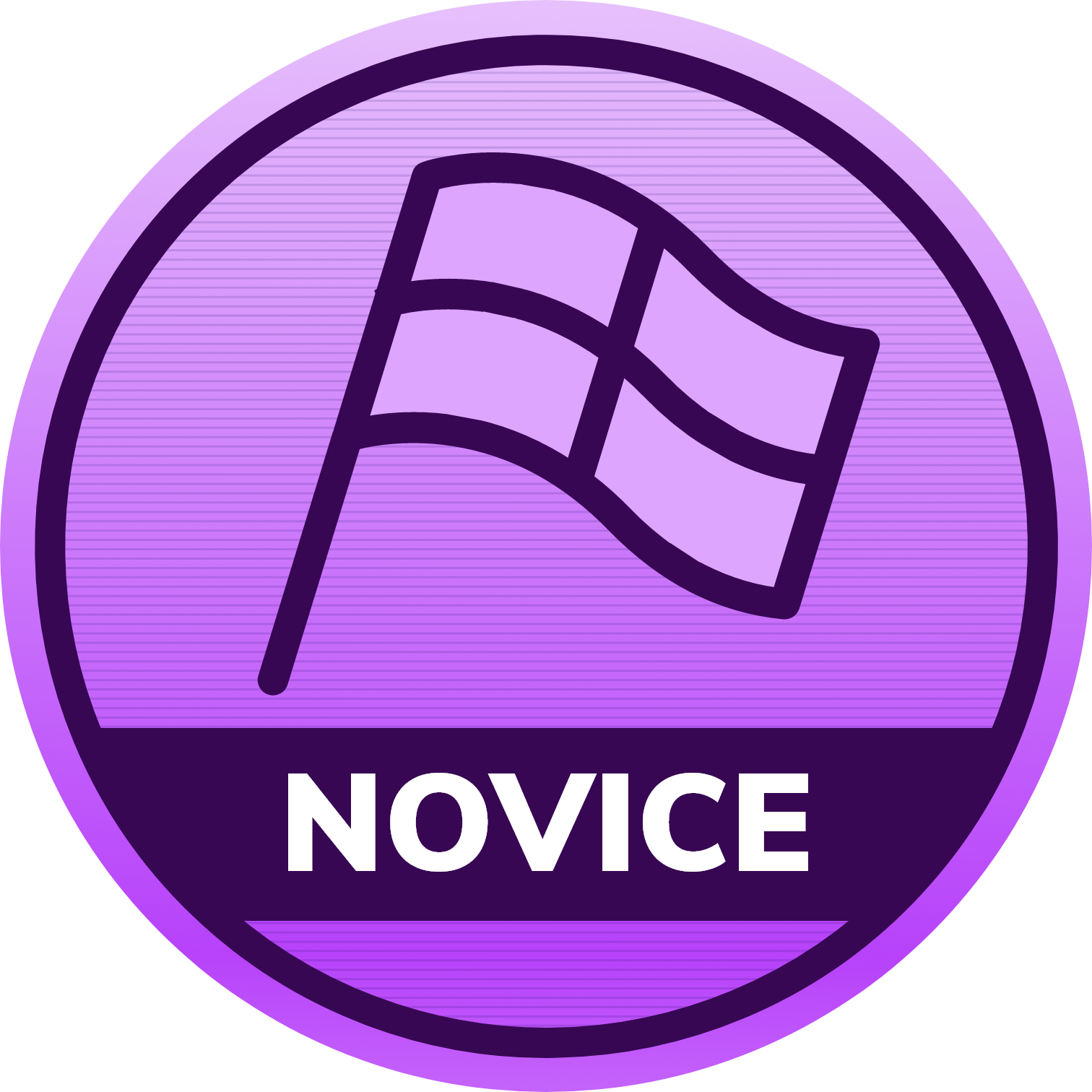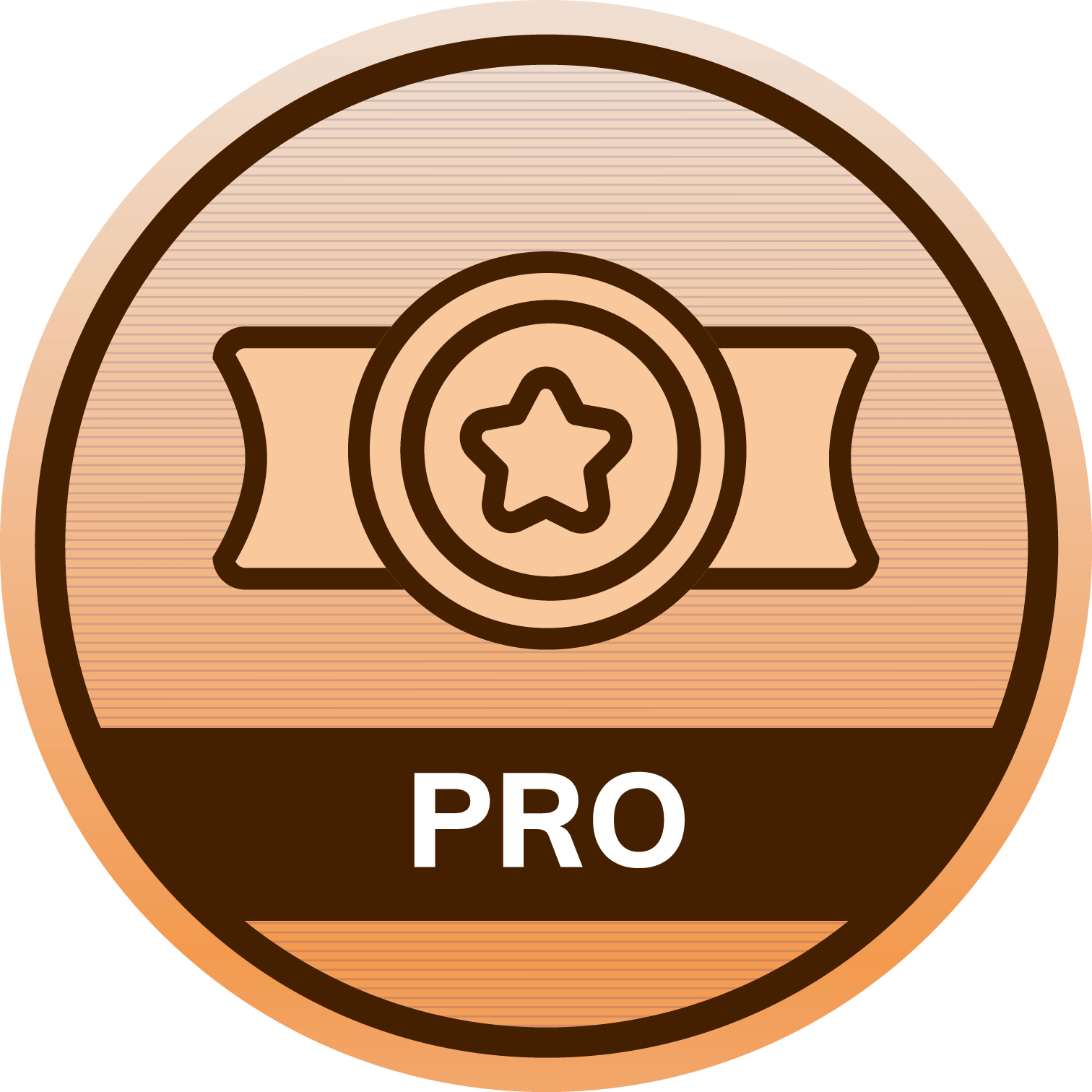hello. …
I would like to know if there is any option to uninstall apps from iphones. I tried the action “uninstall app” but it seems that all apps are not listed there.
- Home
- App Management
- Uninstall apps in iPhone
Uninstall apps in iPhoneSolved
 3089 Views
3089 Views
Replies (9)
Hey. I use the option “Uninstall” which you can find in the Application tab. Choose your device from the Manage tab and go to the Applications tab. You can find all the apps installed there. You can simply use the option on the right to uninstall the app.
Hello Lucy. Thanks for the answer.
I cannot find the uninstall option there. I can only find manage. Wonder why!
Hey there!
It looks like you could use some help @agnes. But I would require some more information.
- Device models and software version.
- Are the devices supervised? If not, can you have them supervised?
- Could you be more specific on how the apps were installed? Did you use Hexnode UEM to remotely push your apps, or did you install the apps manually via App Store?
I guess I will be able to assist you once I have these details.
@lucy, the option to “Uninstall” apps will only be present if the app is Managed.
@agnes, the reason you can only find the “Manage” option is that the app you are trying to uninstall is Unmanaged. You can convert the app to be managed first and then uninstall the app.
Have an awesome day!
Shawn Payne.
HexnodeUEM.
Oh.. so are all of my apps managed? How exactly did they become managed? I don’t remember having any option to choose between managed and unmanaged while I installed the apps.
Hello Shawn.
Your reply was helpful. I am trying to uninstall apps that are installed by the users, which are not required for work but use a lot of resources like data. So, I guess the apps are unmanaged.
The phones are not supervised. They are distributed by the company strictly for work.
Thank you Shawn. That was really helpful. I have started supervising the devices before deployment. Blacklisting seems to be a much better option than manually uninstalling each app. But in the meantime, there are still many non-supervised devices out there that cannot be supervised immediately. Is there anything I can do to have some sort of control over the apps installed there?
Glad I could help. With non-supervised devices, you can still Blacklist/Whitelist apps. Though, the apps cannot be blocked from the device, you will be able to find devices that are running Blacklisted Apps.
Browse to Admin Tab > General Settings > Compliance settings and check “Device is not application compliant”.
Now, any device running the Blacklisted Apps will be rendered Non-compliant.
You could also choose to ask the user authorization and convert Unmanaged Applications to Managed. Follow the same steps listed in the previous post. For non-supervised devices, the user will be asked whether to allow the action. If authorized, the application will be Managed and can be uninstalled using the same steps as discussed above.
If you are running an iOS version below 13.0, then you are in luck. You can try blocking the App Store on the device.
Create a Policy and browse to iOS > Restrictions. Find and disable “Show App Store on the device” listed under Allow Application Settings. Apply the policy to the devices.
The policy works on non-supervised iOS 4.0+, but requires supervision on iOS 13.0+. Once applied, the App Store will be hidden and the user cannot install any app other than the ones distributed through the MDM or installed via Apple Configurator. But the currently installed apps will remain functional.
Hope this helps!
Shawn Payne.
Hexnode UEM.
@lucy, Not all apps, but the apps that you are allowed to uninstall via Hexnode UEM are managed for sure.
Managed Apps refers to those apps that can be accessed and managed by the organization. An MDM solution can only access Managed Apps and their data. All apps installed via an MDM solution will automatically be Managed. So, if you had used Hexnode to deploy applications, they would be Managed Apps by default.
Unmanaged Apps are user-installed apps, that cannot be managed by the organization or the MDM. Apps manually installed on the device from the App Store will be Unmanaged. These apps must be converted to Managed first so that an MDM can manage them.
Only Managed apps can be uninstalled using an MDM.
Hope this clarifies your query.
Shawn Payne.
Hexnode UEM.
Thanks, @agne. That is all the information I need.
The entire concept of Managed and Unmanaged Apps is created by Apple to protect user privacy. So, unless an app is Managed, there isn’t much you can do to uninstall them.
So, you may ask the user consent to manage the apps you are planning on uninstalling and then proceed to uninstallation.
Although iOS versions 9.0+ supports the feature, please note that there is a bug in iOS version 9.3.2 and 9.3.3 which returns an error if you try to convert Unmanaged apps to Managed. This has been fixed in iOS 10. So, it will be ideal if you follow these steps in iOS versions 10 and above.
For Unmanaged Apps, you have to manage them first.
- Navigate to Manage > Devices and click on the desired device. You will be directed to the device summary page.
- Go to the Applications sub-tab. Click on the gear icon next to the app you wish to uninstall.
- Click on “Manage”.
Now, the app is managed. Follow the steps listed below to complete the uninstallation.
For Managed Apps,
- Navigate to Manage > Devices and click on the desired device. You will be directed to the device summary page.
- Go to the Applications sub-tab. Click on the gear icon next to the app you wish to uninstall.
- Click on “Uninstall”.
- Authenticate the action to complete the request. The app will be uninstalled silently.
You can also use the action “Uninstall Application” to uninstall multiple apps from multiple devices.
I would also suggest supervising the devices if they are strictly intended for work. Supervision of a device brings the entire device under management and allows you to uninstall any app (except some system apps) on the device.
Checking each device for user installed apps and uninstalling them burns a lot of time. With Supervision, you can simply Blacklist the apps you don’t want the users to install or use. This will hide the app from the device, and prevent the user from using such apps.
Though Supervision has a lot of advantages, I must warn you that the iOS devices will have to be erased once during the process. So, plan ahead.
Hope I have been of some use today.
Shawn Payne.
Hexnode UEM.




